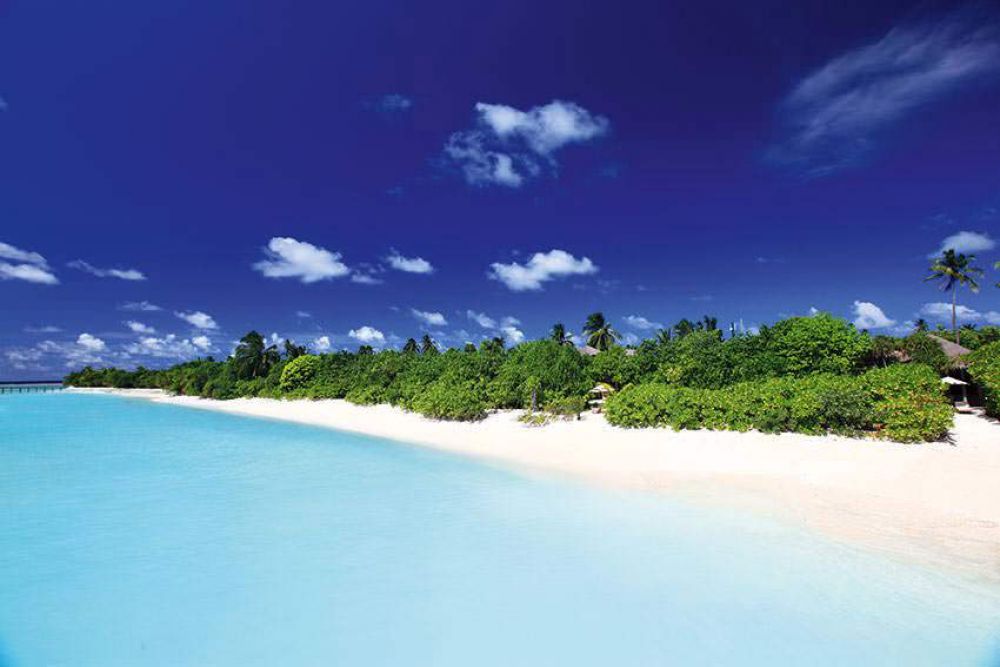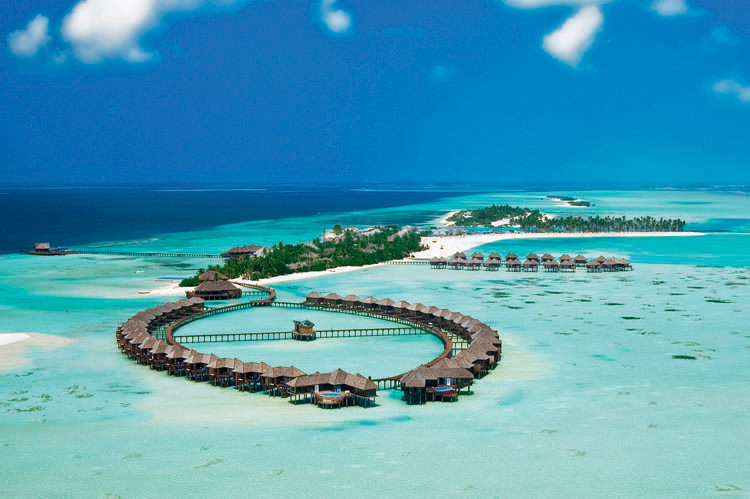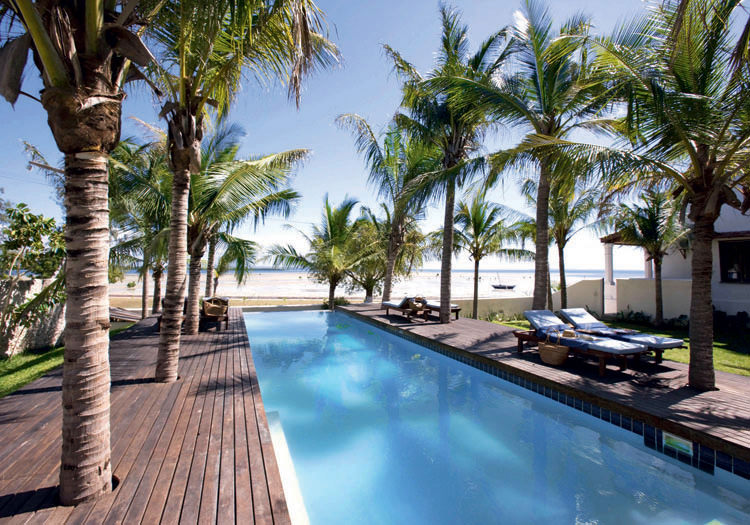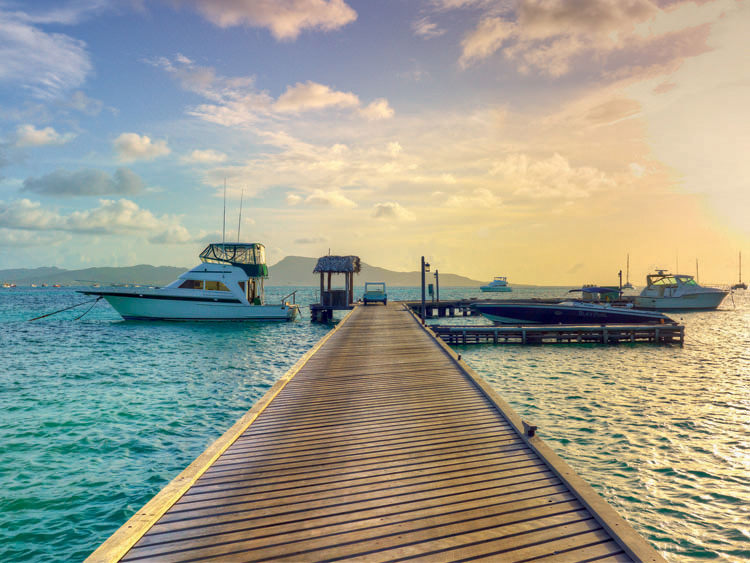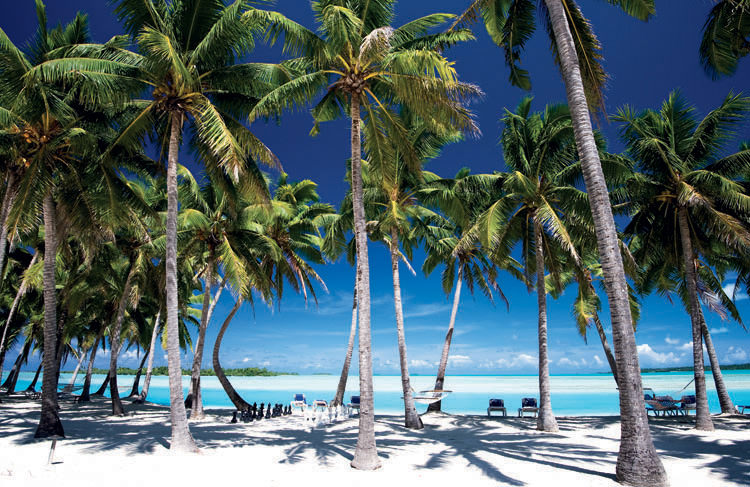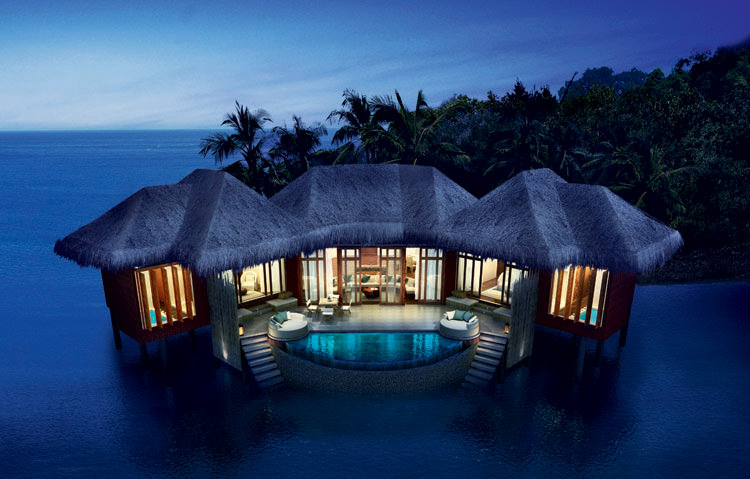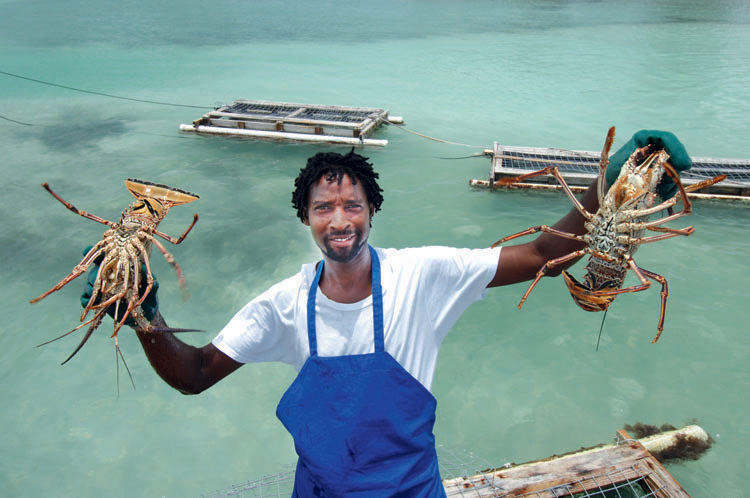Mozambique Ibo Island
Ibo Island, at the heart of the Quirimbas archipelago in northern Mozambique, is a lost world dotted with forts that once served as military bastions and slave houses; a bloody history that is largely forgotten by the outside world. João Baptiste, Ibo’s self-proclaimed historian, will tell you all about the island’s turbulent past since the 1600s, when it was routinely conquered by Portuguese and Omani Arab rulers and raided by the French for slaves. But that’s not all you’ll discover here. One of Africa’s largest mangrove forests is rooted in Ibo Island, encircled by a coral reef, and this is where you’ll find elusive dugongs, those rarely glimpsed marine mammals that fishermen used to mistake for mermaids. You’ll also encounter 700 species of birds, many of them rare, and three sun-bleached beaches. When the tide is low, the sand often reveals ancient pieces of porcelain left over from trading days. Ibo Island Lodge is an oasis of luxury in this wilderness. The nine-bedroomed colonial house, which has its own private beach, was renovated by an English couple who fell in love with the island in 2006. During the renovations, everything from packets of nails to sacks of cement was transported to the island by dhow. The last seafaring dhow arrived on Ibo Island from India in 1969, but it’s still the best way to get around. Step on board and sail off under the care of your Mozambican captain. He’ll anchor off remote, uninhabited islands such as Mogundula and Matemo, leaving you to snorkel and swim or simply laze on the silver sand while the ship’s chef cooks up crab claws, kingfish, lobster, lula (squid) and linefish. You can also go big-game fishing, and perhaps catch a prized mahi mahi, yellowfin tuna or sailfish in time for dinner. Or simply paddle a kayak out into the blue for an hour or two – the sight of the gin-clear water sparkling beneath you is therapeutic.

